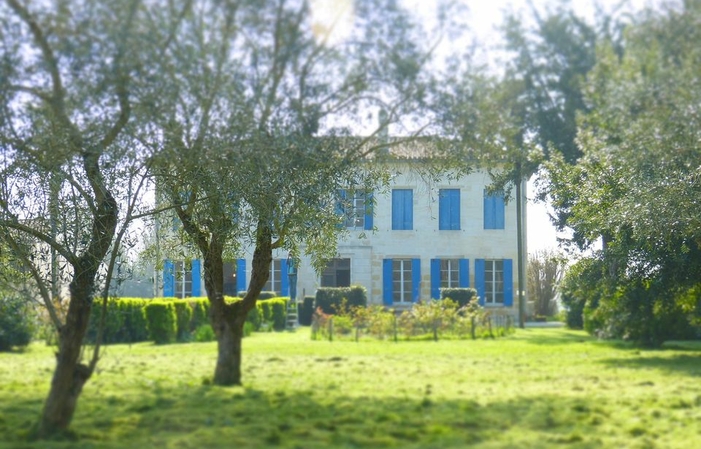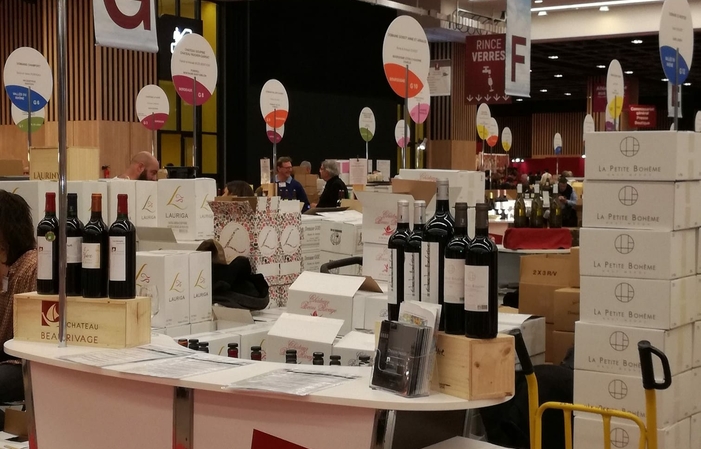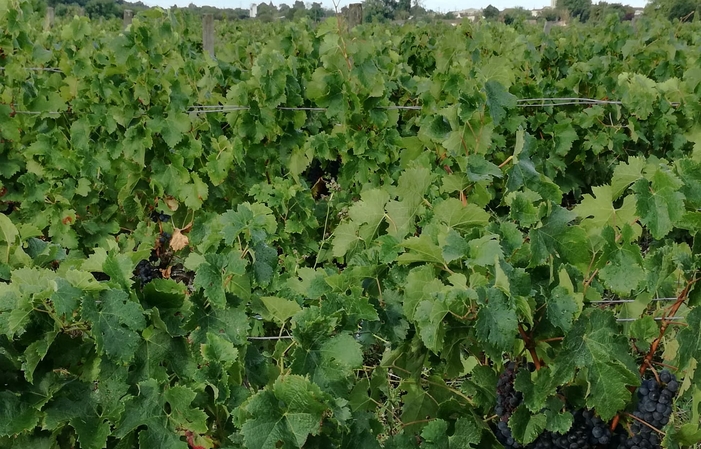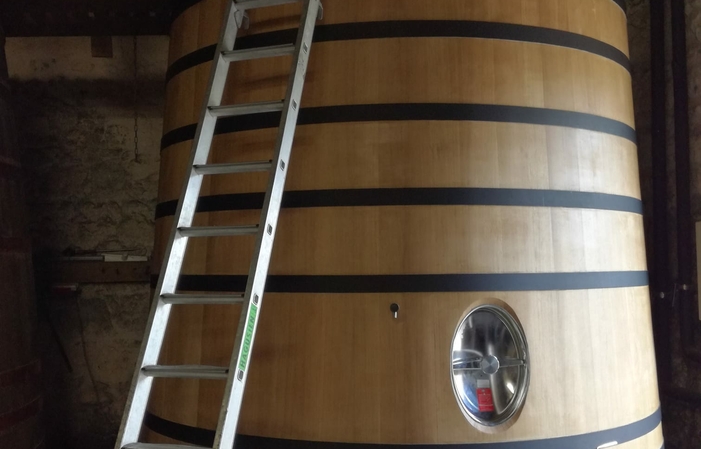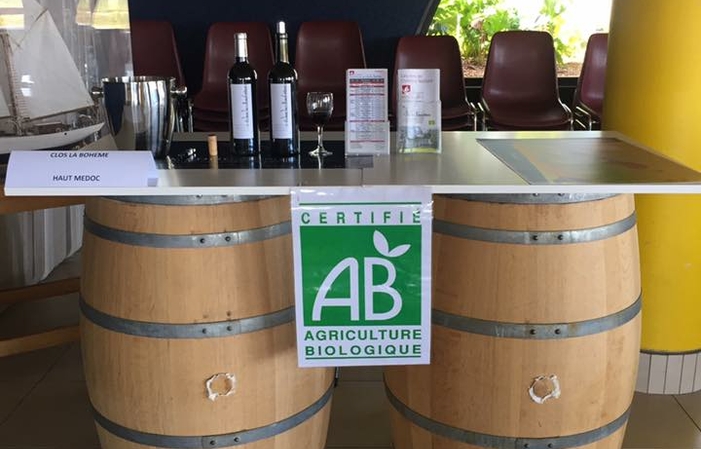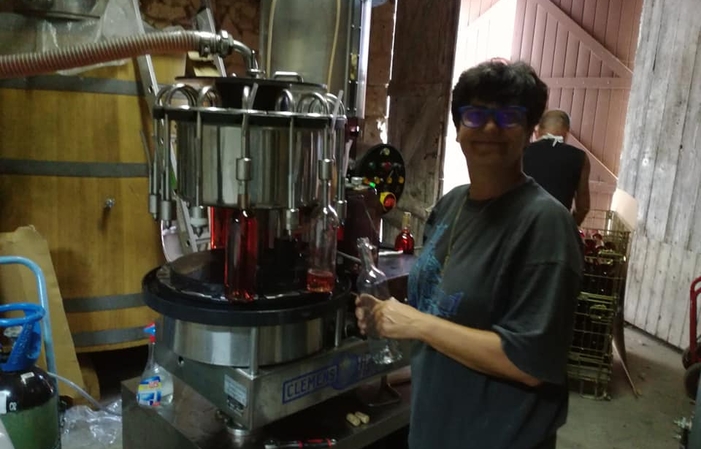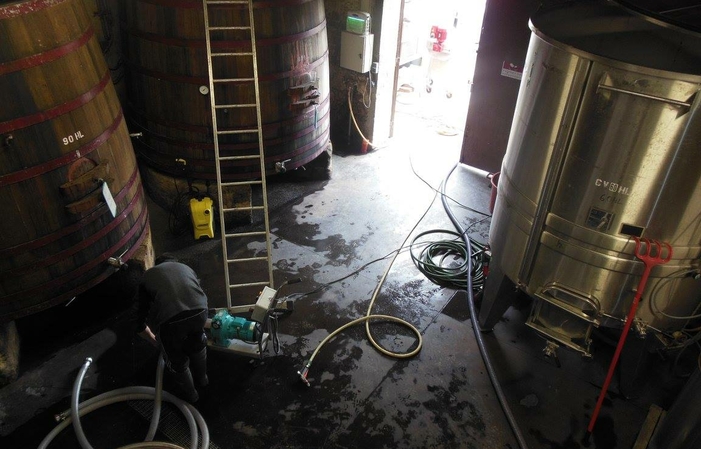Description
Since 1902, the Nadalié family has been perpetuating the art of Tonnellerie in Bordeaux but also around the world. Today, it is the 5th generation of the family that brings this ancestral know-how to life.
The Nadalié Tonnellerie opens its doors to you to discover its art and reveal the "secrets" of making a barrel.
By visiting our workshops, you will understand the crucial role that wood plays in wine farming and appreciate the know-how put into use by our master coopers.
Let yourself be guided by the scents of heated oak that emerge from the workshop and enjoy this original visit full of sensations!
We will be delighted to welcome you for a presentation of our vineyard.
We will explain the work done at the vineyard, then the work done in the winemaking and finally the aging of the wines.
Rules and conditions
Visits at 1 euro means that they are made free of charge by the winemaker. This amount is requested to assure us of the seriousness of your request and to prevent the winemaker from blocking a visiting slot unnecessarily.
In case of unforeseen events, we thank you for cancelling your visit to the platform and/or notify the winemaker directly.
Reservation policy
Cancellation policy: : Strict
Products offered for tasting:
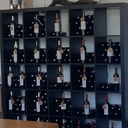
Château Beau Rivage & Clos La Bohème Professional seller
When the harvest has come to an end, the whole team is mobilizing to honour all the work of a year. The majority of our vineyard is harvested by hand and the berries scrupulously sorted and trodden when... See more
When the harvest has come to an end, the whole team is mobilizing to honour all the work of a year. The majority of our vineyard is harvested by hand and the berries scrupulously sorted and trodden when they arrive in the winery. In order to exploit the best of each plot at the time of blending, our grape varieties are vinified and grown individually. The winemaking begins with a cold pre-fermentary maceration in a wooden vat (15oC for 6 to 8 days) and continues with the alcoholic fermentation at around 28oC. The tannins and colour are extracted through several hand-lifts carefully made each day, which can be supplemented by offloads. The decurling and pressing takes place after a 4 to 5 week time; then begins malolactic fermentation in barrels. Our wines are then aged in barrels (60% of which are new wood) for 12 to 24 months depending on the vintage. Christine Nadalié, influenced by her Burgundian studies, sticks and works her lees: original practice in the very traditional Médoc! All the grape varieties are grown separately and in different types of barrels (wood origins and heaters), which provides a very wide range of colors, a real treat for blends. Thanks to the micro oxygenation of the barrels, the coarsest tannins will precipitate, thus refining the wine. The wood intensifies the aromatic complexity of the wine and brings new aromas of roasting, sweet spices and vanilla. Regular orling compensates for the natural evaporation of the wine also called the share of angels (about 2% loss per year of ageing!). At the end of the ageing, the wine undergoes a slight filtration for clarity and stabilization. The bottling takes place on the property. note the importance of The Nadalié Tonnellerie in breeding which provides barrels of a wide variety (wood origin, heater) and quality. The property is a real test centre for the cooperage but it is also a showcase that allows to demonstrate the qualities of a suitable breeding. "It would be inconceivable that my wines would not pass in barrels", these bring aromatic complexity, a certain sweetness, and refine the wine. The raw material is certainly of a high level, but ageing in barrels gives it a head start, a fat and a subtle and harmonious tannin grain. In just a few vintages, the barrel and the winemaker have melted as the wood blends into the wine. Passage in barrels: there is a period when the wine is very woody, then the materials melt and the wine regains the upper hand, thanks to the micro-oxygenation that is done through the pores of the wood. Learn more about the Nadalié Tonnelerie. See less

- ID Card:
- Email:
- Already rent:

